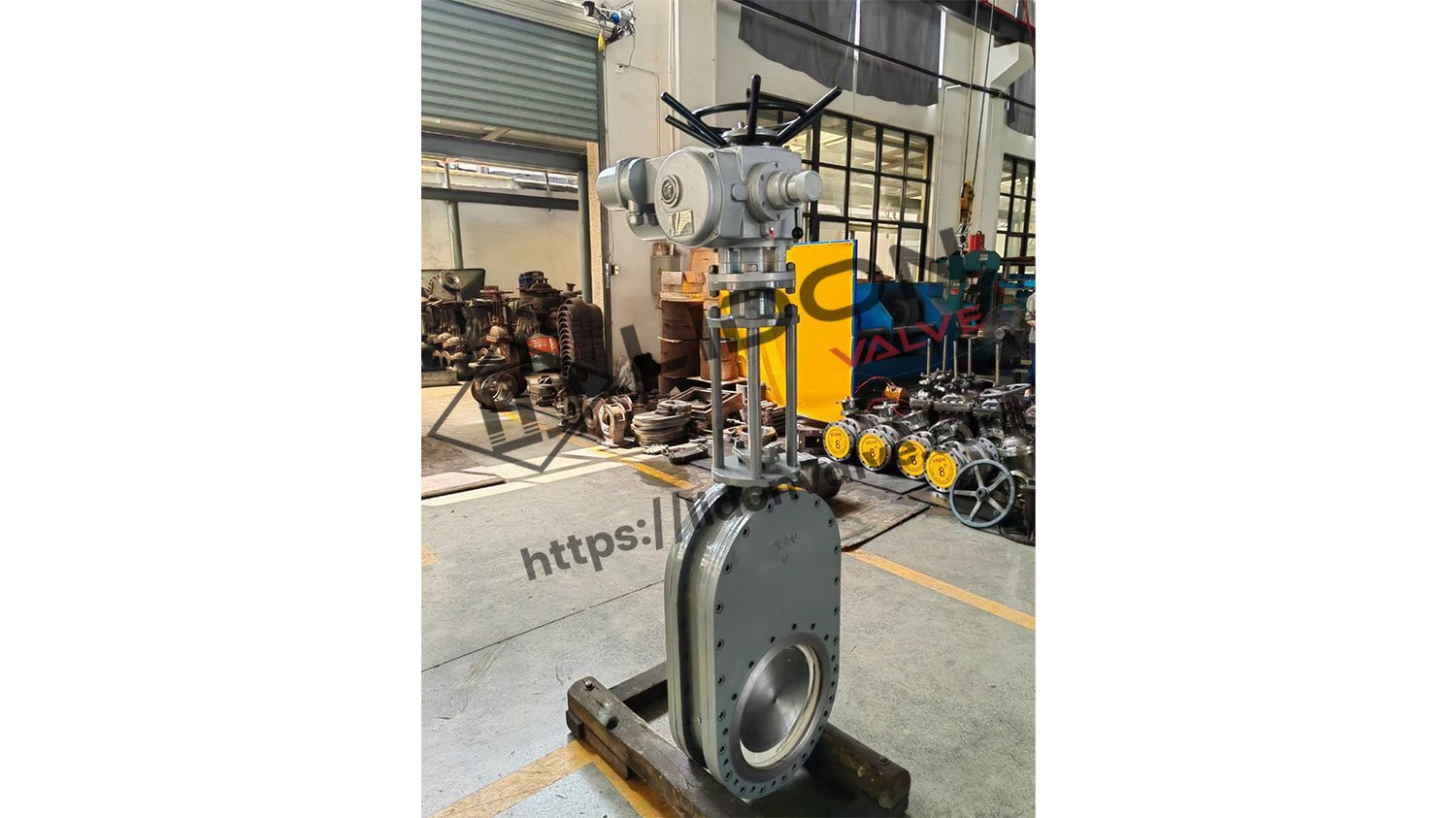What happens if a valve is closed suddenly??
Valves play a crucial role in regulating the flow of fluids, gases, and other materials in pipelines and other industrial applications. When a valve is closed suddenly, it can have serious consequences. In this article, we will explore what happens if a valve is closed suddenly and the potential risks involved.
1. Sudden Pressure Surge
When a valve is closed suddenly, the fluid or gas upstream of the valve is stopped abruptly, causing a sudden increase in pressure. This sudden pressure surge can create stress on the pipeline, which can result in ruptures or leaks. If the pressure surge is not managed properly, it can cause severe damage to the pipeline, resulting in costly repairs and operational downtime.
2. Reverse Flow
When a valve is closed suddenly, the downstream pressure can build up and cause reverse flow in the pipeline. Reverse flow can cause damage to pumps, compressors, and other downstream equipment. This can result in costly repairs and downtime, which can negatively impact the overall productivity and profitability of the operation.
3. Water Hammer
When a valve is closed suddenly, the fluid or gas in the pipeline can create shockwaves, known as water hammer. Water hammer can cause severe damage to the pipeline and equipment, such as bursting pipes and breaking fittings. This can result in costly repairs and operational downtime.
4. Overheating
When a valve is closed suddenly, it can cause the fluid or gas upstream of the valve to suddenly stop flowing. This can cause overheating of the equipment, such as pumps and compressors, which can result in damage. Overheating can also increase the risk of fire or explosion in the operation.
5. Cavitation
When a valve is closed suddenly, it can create a sudden drop in pressure, which can cause cavitation. Cavitation is the formation of bubbles in the fluid or gas, which can implode and cause damage to pumps, valves, and other equipment. Over time, cavitation can cause significant damage to the operation, resulting in costly repairs and operational downtime.
6. Corrosion
When a valve is closed suddenly, the fluid or gas in the pipeline can become stagnant, which can lead to corrosion. Corrosion can cause leaks and other damage to the pipeline, resulting in costly repairs and operational downtime. It is essential to manage the pipeline and equipment properly to avoid corrosion.
7. Loss Of Productivity
When a valve is closed suddenly, it can result in operational downtime, which can negatively impact the overall productivity of the operation. This can result in lost revenue, reduced customer satisfaction, and other negative outcomes. It is essential to manage the valve and pipeline properly to avoid downtime and maintain productivity.
8. Safety Risks
When a valve is closed suddenly, it can pose safety risks to personnel. The sudden pressure surge, reverse flow, water hammer, overheating, and other potential consequences can cause injuries or fatalities. It is essential to manage the operation properly to avoid safety risks to personnel.
9. Environmental Consequences
When a valve is closed suddenly, it can have environmental consequences, such as spills or leaks. The sudden pressure surge, reverse flow, water hammer, and other potential consequences can cause damage to the environment, resulting in regulatory fines and negative public perception.
10. Preventative Measures
To avoid the potential risks of a valve suddenly closing, it is essential to implement preventative measures, including regular inspections, maintenance, and proper management. Proper training and education of personnel can also help reduce the risks of a valve closing suddenly. By implementing these measures, an operation can prevent costly repairs, downtime, and safety risks while maintaining productivity and profitability.

